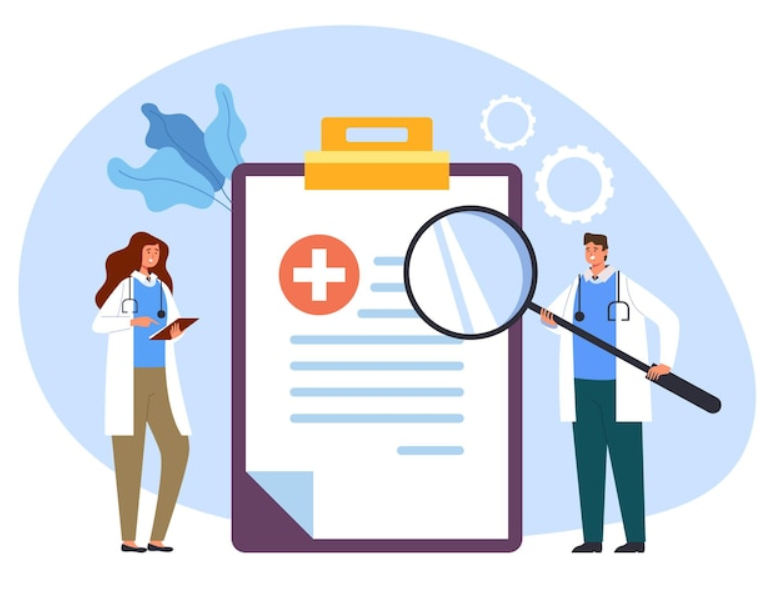Diagnosis
Diagnosis is typically confirmed through an electrocardiogram (ECG or EKG) that shows chaotic and irregular P-waves, reflecting the disorganized atrial activity.

Atrial fibrillation is a chaotic rhythm with recognizable QRS complexes. The chaotic rhythm pattern and the absence of P waves are the hallmarks of this dysrhythmia.The chaotic baseline - known as fibrillatory waves - is quickly seen. Note: 1) atrial kick is lost here; and 2) the risk of thrombus formation is particularly significant after 48 hours.
Heart Rate: 300 to 600 beats per minute
Rhythm: Irregular
P wave: No identifiable P waves
PR Interval: Not measurable
QRS: 0.11- or less seconds
Diagnosis is typically confirmed through an electrocardiogram (ECG or EKG) that shows chaotic and irregular P-waves, reflecting the disorganized atrial activity.


Rate Control: The aim is to control the heart rate, often achieved with medications like beta-blockers, calcium channel blockers, or digoxin. Rhythm Control: Restoring and maintaining a normal heart rhythm can be pursued through medications (antiarrhythmics) or procedures such as cardioversion (electrical or chemical) and catheter ablation. Anticoagulation Therapy: AFib increases the risk of blood clots, so anticoagulant medications (blood thinners) like warfarin or direct oral anticoagulants (DOACs) are often prescribed to prevent stroke. Cardioversion: Electrical or pharmacological cardioversion may be considered to restore a normal rhythm.